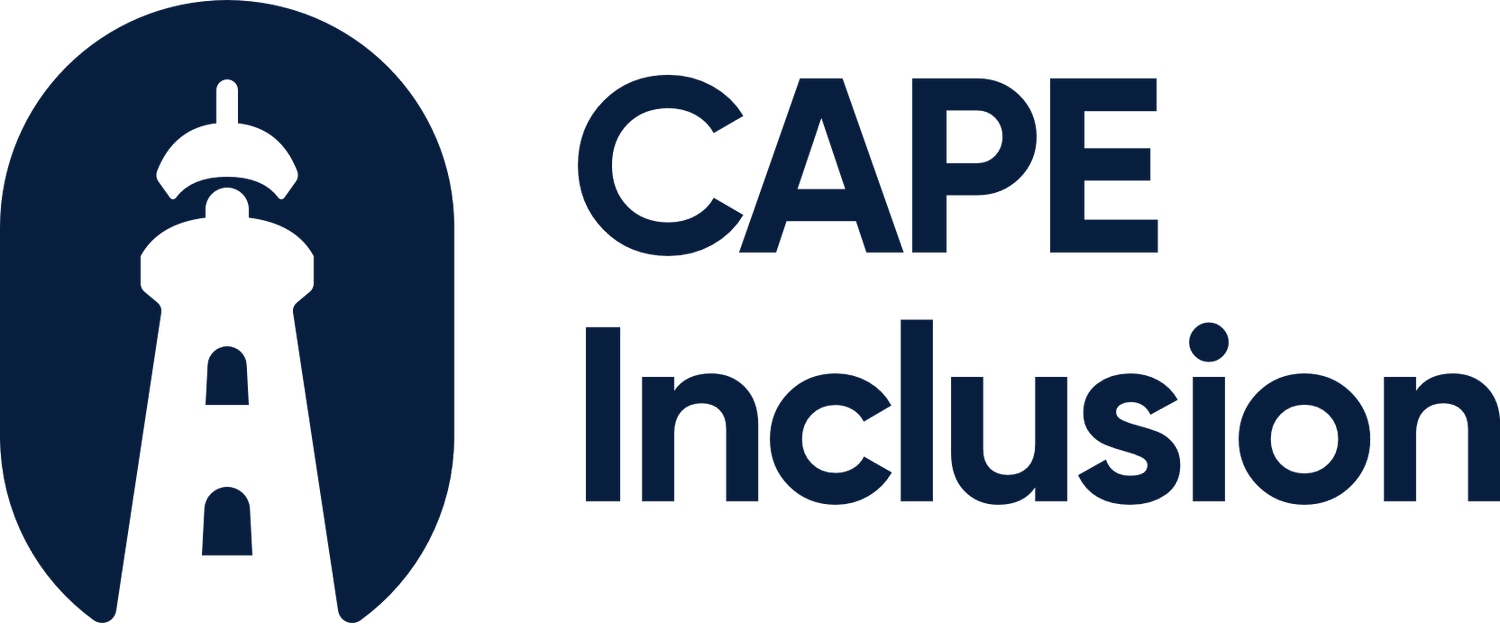4 Ways Tech Companies Can Use Data to Promote DE&I
Tech companies have made an effort in recent years to be more transparent about their workforce compositions through the release of annual diversity reports. However, these reports have consistently shown low levels of representation for women, Black and Hispanic individuals, and other underrepresented groups in the industry. Despite the belief that data disclosure can lead to behavior change, the tech industry remains largely homogenous and male-dominated, especially in technical roles. This raises the question: can we utilize insights from behavioral science to help organizations use diversity data as a tool for promoting diversity, equity, and inclusion (DE&I)?
A recent study found that, when done correctly, the collection, analysis, and disclosure of diversity data can indeed be a powerful lever for change. This is especially relevant now as the Covid-19 pandemic and the movement for racial justice have prompted companies to reassess their DE&I efforts. So what can organizations do to make the most of their diversity data? Here are four key insights:
Present the data in a simple, salient, and comparable way. All data is not created equal; to be actionable and influence behavior, information needs to be easy to understand and relevant to the intended audience. Tech companies can present their diversity data in a clear and straightforward manner, using graphics and other visual aids to make the information more salient and comparable to industry benchmarks.
Provide actionable recommendations and resources. Simply disclosing diversity data is not enough; organizations must also provide concrete steps and resources for addressing diversity gaps. This might include training programs or mentorship opportunities to support the development of underrepresented groups. By providing a roadmap for action, companies can turn their diversity data into a catalyst for change.
Focus on the "why" as well as the "what" of DE&I efforts. To truly drive change, organizations need to not only identify diversity gaps but also understand the underlying reasons for those gaps. This might involve examining company policies, practices, and culture, and making necessary changes to address any barriers to DE&I. By taking a holistic approach and examining the root causes of diversity issues, companies can create more sustainable and effective DE&I initiatives.
Create a culture of continuous improvement. DE&I efforts should not be a one-time, check-the-box exercise, but rather an ongoing process of improvement. Companies should regularly review and update their DE&I initiatives based on new data and insights, and involve all levels of the organization in this process. By committing to ongoing DE&I work, organizations can create a culture that values diversity and inclusivity.
In conclusion, data disclosure alone is not sufficient to drive change toward DE&I in the tech industry. However, by following the guidelines outlined above, organizations can use their diversity data as a powerful tool for driving progress and creating a more inclusive and equitable industry. By presenting the data in a clear and actionable way, providing recommendations and resources, focusing on the underlying causes of diversity issues, and committing to continuous improvement, tech companies can make meaningful strides toward promoting DE&I.




Celebrating Juneteenth: Reflecting on Our Journey and Recommitting to Equality
On June 19, 1865, a momentous event unfolded in Texas that would forever alter the course of American history. This day, known as Juneteenth, marked the liberation of 250,000 enslaved individuals, as Union soldiers arrived to enforce the Emancipation Proclamation, which had been in effect for two and a half years. Juneteenth signifies the end of slavery in the United States and heralds the beginning of our continuous effort to fulfill the promise of equality and freedom for all Americans.
At CAPE Inclusion, we stand firm in our dedication to eradicating systemic racism and inequity. We call on everyone to join us in this effort, choosing love over hate, unity over division, and progress over retreat. Let us celebrate the spirit of Juneteenth and renew our commitment to building an inclusive and equitable society for all.
As we reflect on Juneteenth, may we celebrate the essence of freedom, the progress we have made, and the possibilities that lie ahead when we march forward together. Happy Juneteenth from CAPE Inclusion. Together, let’s continue to redeem the soul of America.